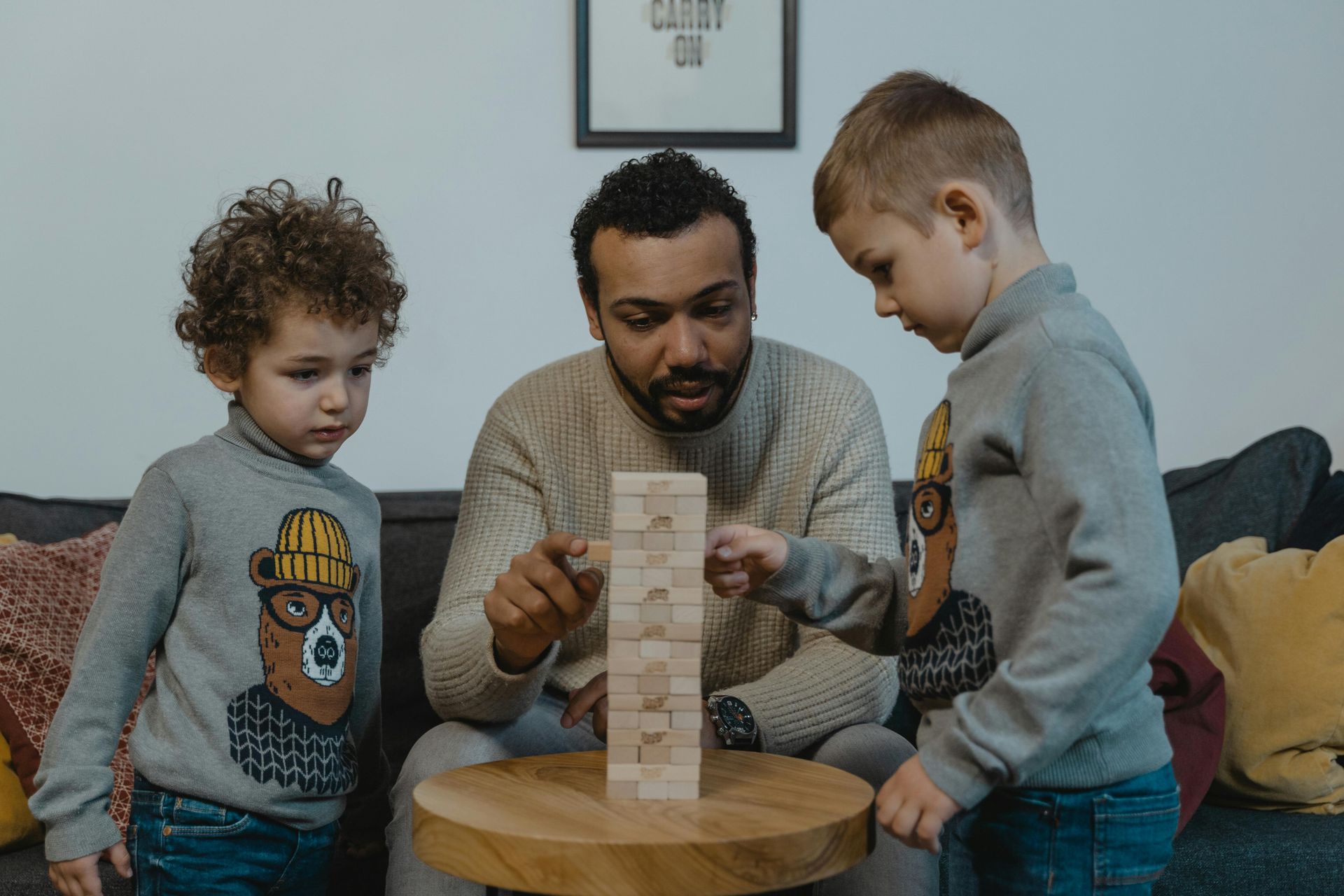We Had the Same Rainbow Sneakers
In the mid to late 70’s it was really “in” for girls to have Nike-like sneakers with rainbow stripes on the sides. In my last post I talked about how I am nothing more than anyone sitting on the couch across from me. This fact hit me square in my brain and heart all at once on a particular day at work, early in my career.
As a brand new Social Worker for the Department of Social Services, with not even two full months of experience behind me, based on urgent circumstances, I was required to go to the home of a young mother and father, with the police and remove their newborn and the baby’s 2 year old sibling.
In the months and years to follow there was a great deal of chaos and pain, from domestic violence, drugs and everything in between including another infant removed from this mother a few days after birth. I spent countless hours with this mother and father, much more with the mother. I brought her children to her every week for supervised visits, sat with her (but in opposition to her) at court every 3 months for the Judge to review the case, and took many calls from her. Her emotions were very frequently out of control, between her mental health diagnosis and drug abuse. On one occasion I found myself sneaking out of the crossfire between her and her boyfriend whipping crack pipes at each other; very chaotic indeed!
Her life was extremely turbulent and dangerous and she subsequently lost each and every one of the nine children she gave birth to. She was someone who was usually completely out of control. Anyone who knew her could easily tell that she was not capable of caring for a child. Her relationships with other adults and her children were very disturbed. Of course, there were moments that seemed very sincere and where a glimpse of “normal” could be seen. Not only did I learn a great deal from her, but I liked her very much. And even though she hated me so often, I think she really liked me too.
On this one particular day, she and I were sitting in her house, just the two of us. Somehow, I was given permission to look through the photo album on her coffee table. As I turned though the pages I came to a photo of her. She was at a school, or town ball field, probably 10 years old, wearing her softball team hat, with the letter of her town on the front, in her uniform and wearing nike-like rainbow sneakers. I was frozen! Racing through my mind was the simple fact that (she and I were very close in age), there is a photo album in my family home, with a picture of me, in my softball uniform, with my letter hat and rainbow sneakers!
I was dumbfounded! “She and I are the same. I could be her. She could be me.”
As I thought deeply about this after leaving her home that day, I thought, “What’s the difference between she and I?” Well, not that I didn’t experience hardship, betrayal and other challenges growing up, but the difference, I wasn’t being raped nightly by my father, with my mother standing by helplessly. I wasn’t experiencing my father beating my mother up at least once a week. I wasn’t being manipulated by my mother hating me one day and “loving” me the next. Yes, by 10 years old she had suffered atrocities under the care of her mother and father that by 10 years old I didn’t even know existed. This is not to say that she should be excused from abusing and neglecting her own children, doing drugs, violence and other criminal acts. There certainly is consequence. Losing your children and eventually ending up in long-term housing for the homeless/mentally ill is pretty significant.
However, when you are looking on at another mother, saying, “I could never do that to my children!” or “No way! Never!” just pause for a moment and think, “Was she dealt a different hand than me?”
This is also not to say that judgment is wrong. This woman was certainly judged, and thankfully so for her children’s sake. Without judgment, known dangers abound. Without judgment these children may have died. But when you judge, pause for a moment and think, “Is it my place to judge this person, or do the proper authorities have that covered?” Pause for a moment and consider, are you judging this person for the purpose of condemning them? Do you seek to criticize or make yourself bigger and better in comparison to them?
Or are you judging them in order to identify a problem.
Condemnation or identification?
Identification is necessary. When we don’t identify anything as good or bad we have no standard, we have no guidepost, no direction for our children.
When Uncle Henry shows up at every family event drunk, there is a judgment to be made. You could condemn him to your children, “Uncle Henry is a drunk. Stay away from him. He’s disgusting! What a loser! Don’t go near him!” Or you could identify him to your children, “Uncle Henry has a problem with alcohol. We love all of our family members but Uncle Henry is making really bad decisions. Because of his bad decisions, it’s not safe for you to be around him. Alcohol makes people behave in ways that they wouldn’t usually do when they are not drinking it.” Judgment for the purpose of identification is necessary.
*Details that might identify a former client are intentionally omitted or changed in order to protect confidentiality.




